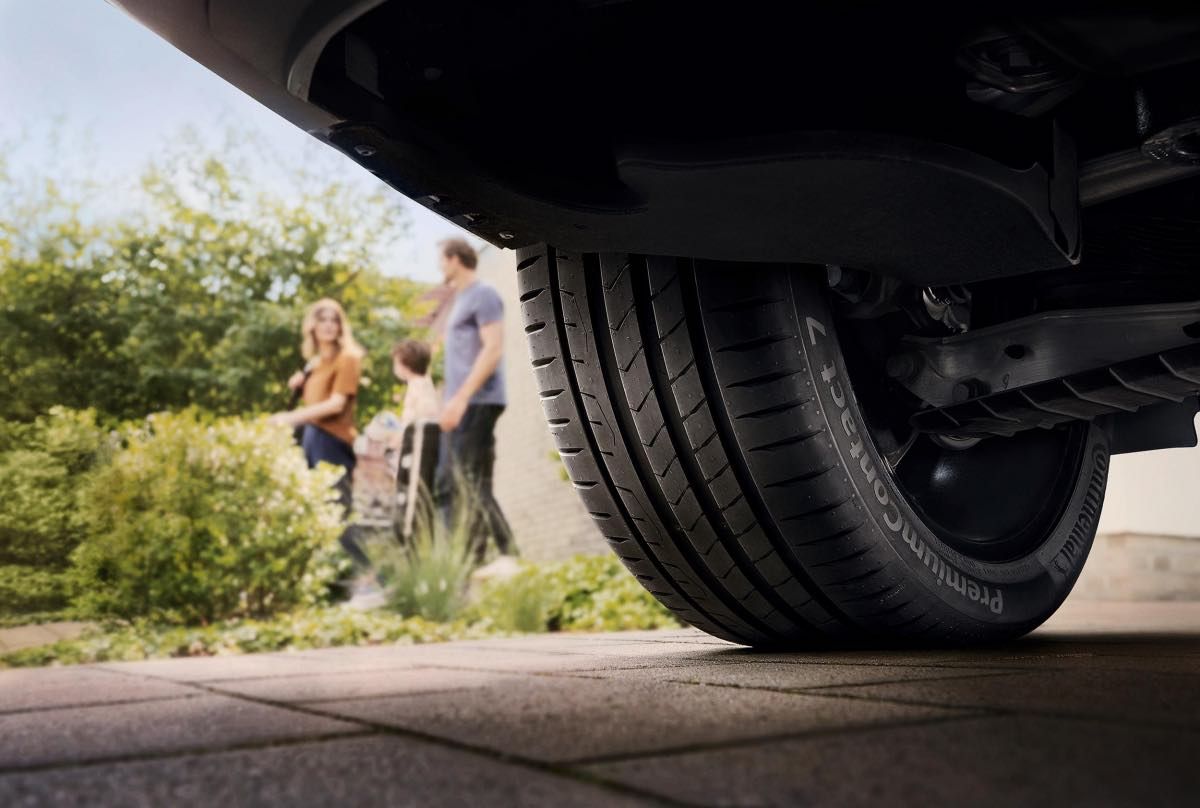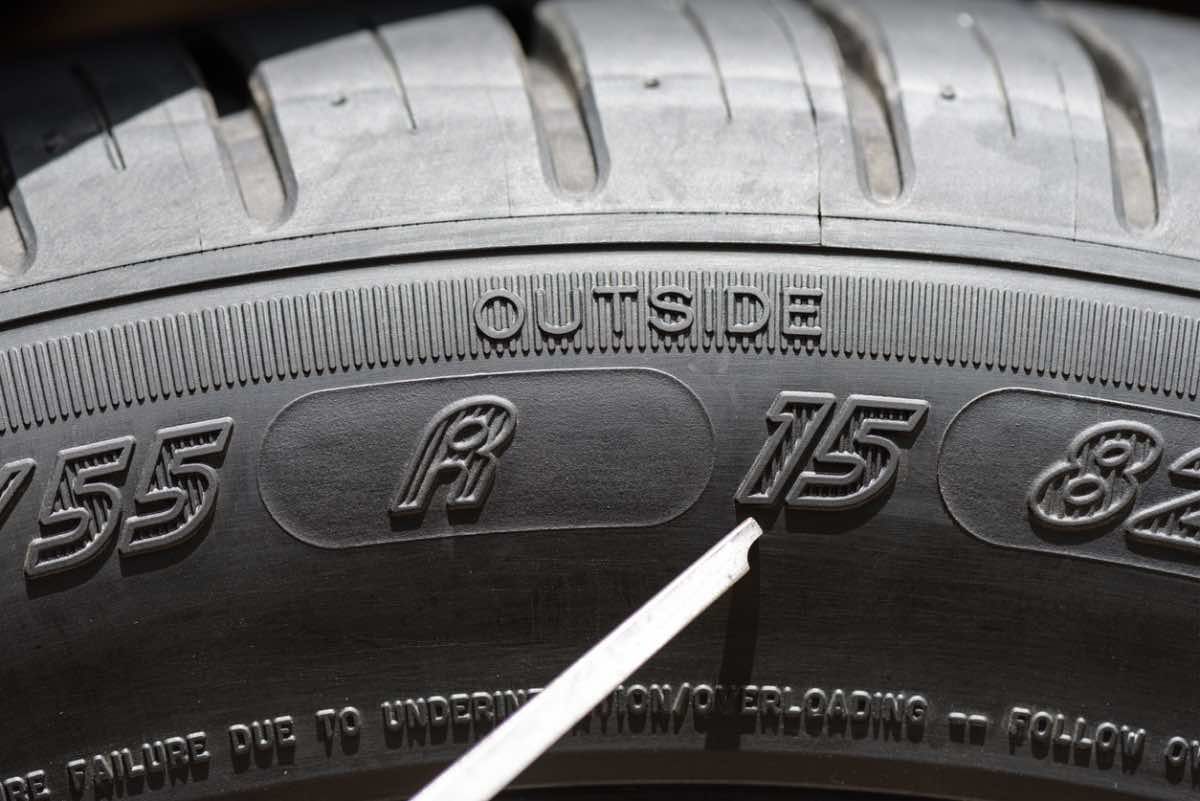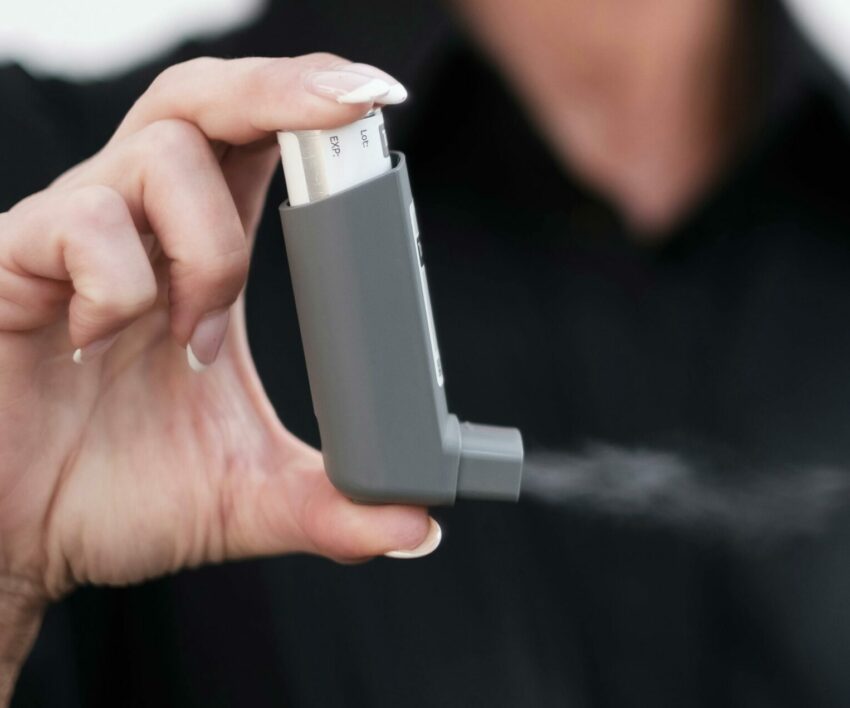There’s nothing lame about doing vital tyre checks ahead of the Easter holidays in April. Sadly, we have one of the highest road-death rates in the world with around 14 000 fatalities recorded each year. Making sure that your vehicle and its tyres are in roadworthy condition is one of the first steps in ensuring a safe trip for your family.
Tyres are the most important safety component on your car. No matter if it’s a modern luxury vehicle with the latest driver assistance technologies, or an older car that merely gets you from point to point. Your tyres are the only point of contact with the road, so here are eight vital tyre checks …
TYRE CHECKS TO SAVE YOUR LIFE

- Your vehicle’s tyres need to be maintained properly and checked regularly to ensure that they are in good condition. Cuts, cracks, bulges or damage from potholes and general road debris can come from anywhere.
- Maintaining the correct tyre pressures is essential. And this should be checked regularly at least every two weeks. Under-inflated tyres can negatively affect the vehicle’s handling, increase fuel consumption and wear, and will eventually overheat leading to premature failure.
- Likewise, over-inflated tyres will result in reduced grip, longer braking distances and significantly increased wear in the centre of the tyre.
- Similarly, tyre pressures must also be adjusted for unladen and laden operating conditions. And they should be checked when the tyres are cold.
- Furthermore, don’t forget to check the condition and pressure of the vehicle’s spare tyre as well. If the vehicle is equipped with a mobility kit instead of a spare tyre, ensure it’s in proper working order.
- If you are towing a caravan or trailer, carefully inspect the condition of the tyres, and adjust the pressures correctly. Trailers and caravans often stand in the sun for long periods with little use, impacting the performance and lifespan of the tyres.
- When doing tyre checks, remember that the minimum legal tread depth is 1.6 mm for tyres with tread wear indicators. And 1 mm for tyres without this feature. If the tread is below the legal limit, it’s time to replace your tyres.
- Wet handling and braking performance is significantly impacted when the tread depth drops below 3 mm. And is especially dangerous below 1.6 mm, resulting in a significantly higher risk of aquaplaning.
TAKE IT EASY ON THE ROADS

To reach their holiday destinations, many people drive long distances without stopping for a break. This results in fatigue and the increased likelihood of a collision. Almost half of South Africa’s road-accident fatalities involve pedestrians. Accordingly, watch out for people crossing the road, especially at night. Pedestrians are advised to wear bright clothing, ideally with reflective fabric, when walking at night to improve their visibility to other road users.
Should your vehicle break down during your journey, pull well off the road into the safest possible location. Place your warning triangle at least 50 m behind your car to warn other motorists. Changing tyres or working on your car on the roadside verge is extremely dangerous, so exercise caution. Finally, showing a bit of patience and consideration for other road users. It goes a long way towards a safe and, ultimately, relaxed holiday for you and your family.
HAVE YOU CHECKED YOUR TYRES BEFORE THE EASTER LONG WEEKEND?
Let us know by leaving a comment below, or send a WhatsApp to 060 011 021 1.
Subscribe to The South African website’s newsletters and follow us on WhatsApp, Facebook, X and Bluesky for the latest news.














